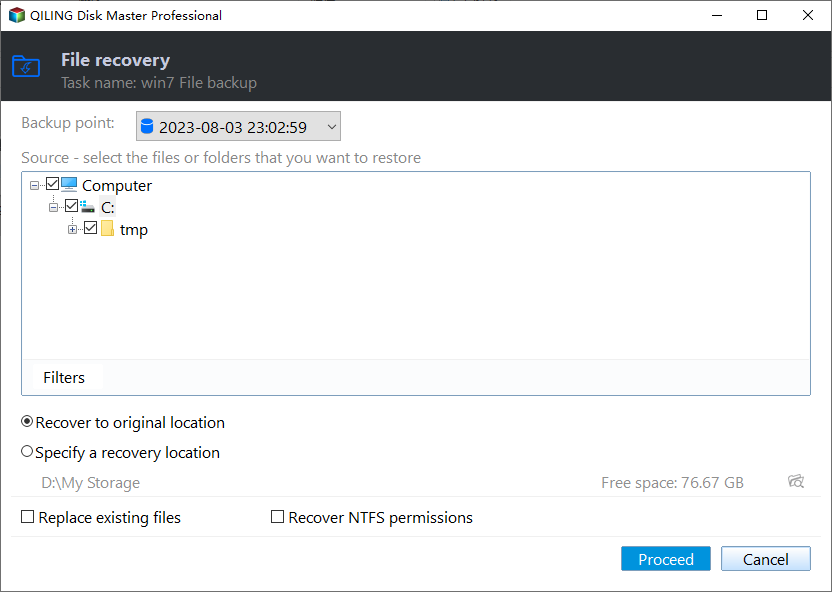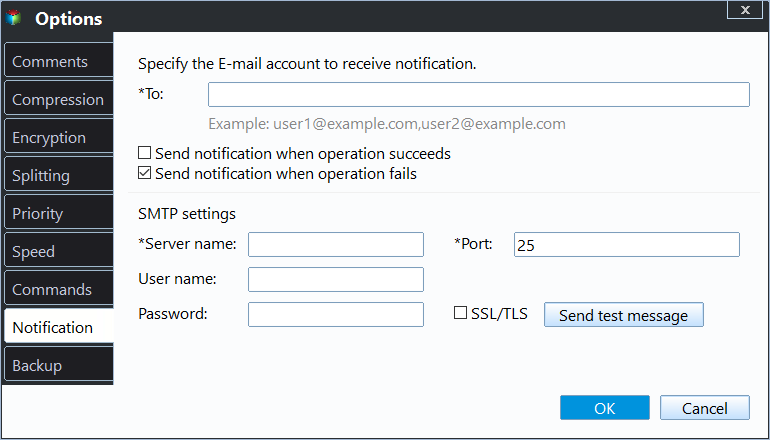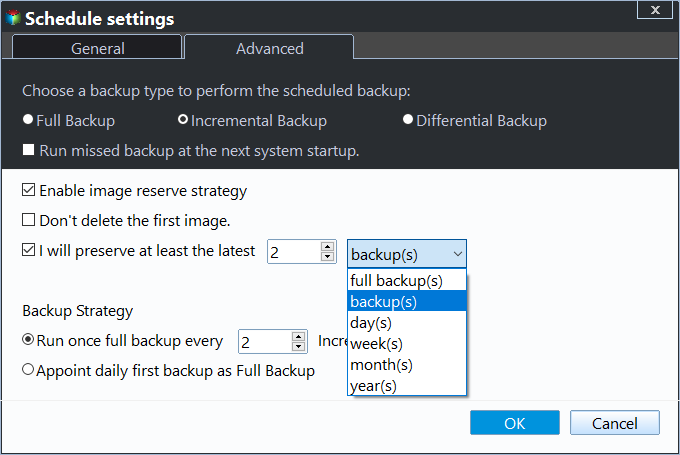Best Ransomware Rescue Disk for Data Protection (Free)
How Does Ransomware Encrypt Your Files?
Ransomware attacks can be devastating, as they hack into your personal files and hold them hostage for a ransom. There are typically two methods ransomware uses to compromise your data: either by directly encrypting your files or by locking your computer screen, effectively holding your important information for a hefty price.
You should create a ransomware rescue disc to access your files and further decrypt them. This will allow you to regain control over your files and prevent them from being inaccessible due to encryption. The rescue disc can be created by following specific instructions, such as burning a CD or DVD with a bootable image, or by using a USB drive. Once you have the rescue disc, you can boot from it and access your files, allowing you to decrypt them and regain control over your data. This will prevent the ransomware from causing further damage and allow you to recover your files without having to pay a ransom.
Create Ransomware Rescue Disk
Ransomware can render your computer unusable by either encrypting or locking your files, making it difficult to boot into your Windows operating system. To rescue your files, you'll need to create a ransomware rescue kit to first boot the failed machine up, allowing you to then proceed with further rescue operations.
To create a ransomware rescue disk, download and install a reliable ransomware protection software like Qiling Disk Master Free, designed specifically for ransomware, on a working computer. Insert an USB flash drive into the working computer, then proceed with the ransomware rescue kit using the software.
Step 1. It will prompt you about the following window, select "Create Bootable Media".
Step 2. It's recommended to create a ransomware rescue USB by ticking the USB Boot Device option, as it's convenient for being inserted into the affected computer for data rescue.
Step 3. Click "Proceed" to make the antivirus rescue USB drive.
The ransomware rescue disk was created successfully and the USB drive was removed.
Get Your Encrypted Files Back
1. Insert the antivirus rescue disk into your computer and boot from it.
1. Boot the infected computer into the antivirus boot disk, which will isolate the ransomware or virus. Upon booting up, Qiling Disk Master will automatically run on your computer.
2. To backup your data, click on the "Backup" tab and select "File Backup" from the options provided. This will allow you to backup your files, or you can choose to backup your entire system, disk, or partition if needed.
2. Choose the files or folders you want to backup by clicking on the "Files" or "Folders" button.
3. Click the second box to specify the destination path where the file backup image will be saved.
4. To recover your files and folders, tap "Proceed" to get help from a ransomware rescue disk.
With an exact copy of your files, you can restore files from backup on another working computer in two ways:
#1: Directly restore files via Restore tab. Select file backup, choose the items to backup, and specify the destination path as instructed, then click Proceed.
#2: Use explore image to restore files. Similar to the first option, this method involves selecting file backup and backup items, then saving them to a designated path. The key advantage of this approach is that it allows you to restore files from other backup images, such as system, disk, or partition backups, providing an added layer of protection against data loss even if you don't have a file backup.
★Tips on continuous data protection:
You're lucky if you get your encrypted files back, but if not, you'll have to pay the ransom or lose them. To avoid this, it's suggested to backup files automatically with features that include changes made later, such as incremental backups. This way, you can recover your files even if they're encrypted.
The Backup Options feature allows for commenting, splitting, compressing, and encrypting file backup images, as well as enabling email or SMS notifications.
The Schedule Backup option allows you to automatically backup files on a regular basis, such as daily, weekly, or monthly. A recommended option is the USB plug in, suitable for a USB drive that you don't need to keep connected all the time.
The Backup Scheme options allow for backing up only changed files using incremental or differential backup, and also enable automatic deletion of file backups using one of the provided cleanup methods, effectively preventing the issue of a full backup disk due to scheduled backups.
Conclusion
The process of creating a ransomware rescue disk is a crucial step in a ransomware rescue plan, but it should be used as a last resort due to the high risks involved.
To minimize data loss risk, it's recommended to backup files regularly, such as daily, weekly, or monthly, or based on specific events or USB plug-ins, and set automatic cleanup methods to free up space for new backups. This ensures that your computer can be easily restored if it's infected by ransomware.
Related Articles
- Remove Ransomware Virus WannaCry in Windows 7 and Restore Files
If you are looking for a way to remove ransomware virus and restore files, please continue to read, learn 3 effective methods and how to prevent it in the future. - How to Decrypt and Recover Ransomware Encrypted Files
If your computer is infected with ransomware WannaCry, don't cry or pay the ransom because you can recover ransomware encrypted files easily and quickly. - Petya Ransomware Removal and Protection
To do Petya ransomware removal, switch off power supply, disconnect network, block port 445/139, backup key files, install Windows March patch MS17-010, install antivirus software and keep away from dangerous websites. - Fix: Computer Won't Boot from CD or DVD in Windows 10 (4 Ways)
Computer won't boot from CD or DVD in Windows 10, 8 or 7? Don't worry. Just read this guide and learn how to fix it.










